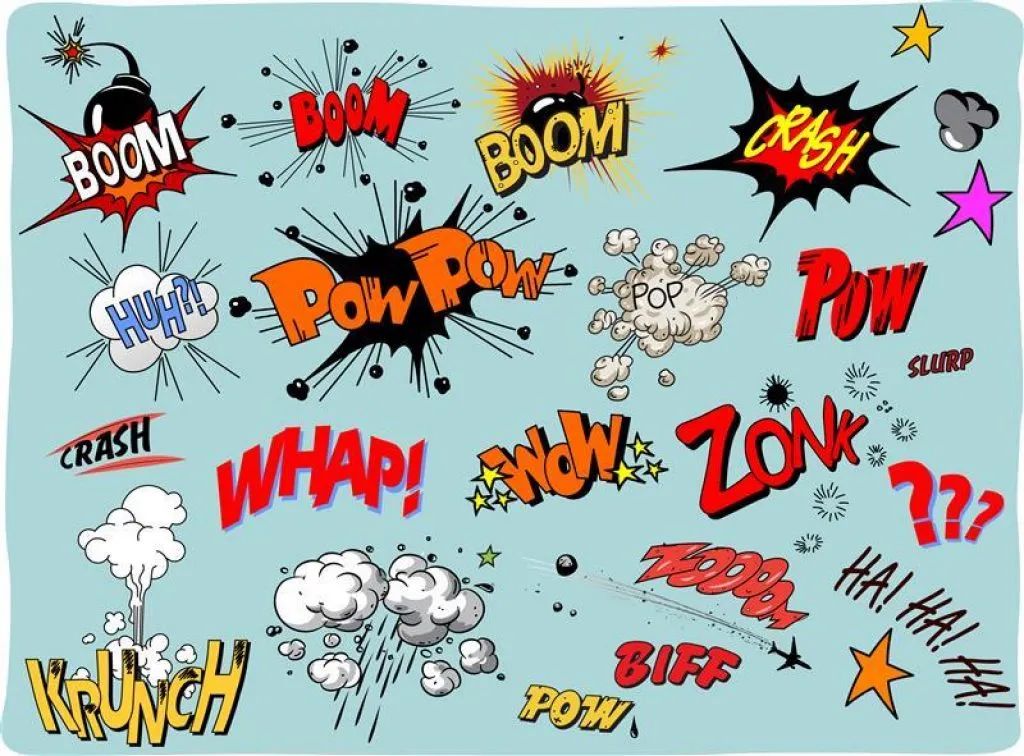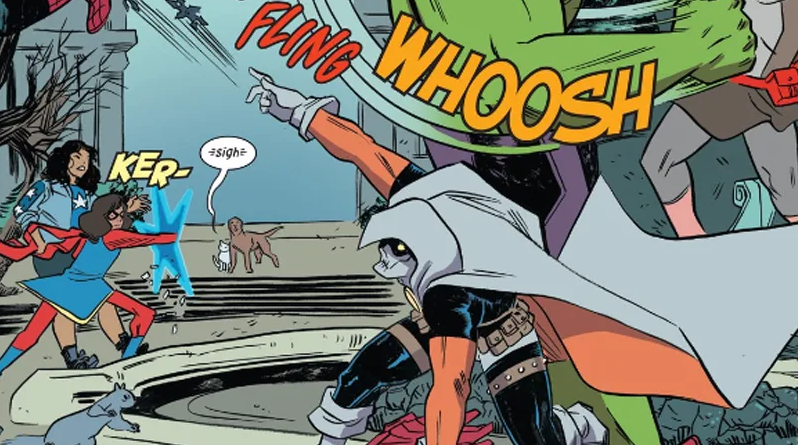上周我们聊到如何用运用不同的形容词为文章增添色彩,这次来看看一组描述声音的词汇,并学习如何分辨它们不同的含义,和在不同情境中的运用。
一、
在叙述性写作中,我们常需要描述周遭的环境,和在环境中听到的各种声音。
• 形容响亮、刺耳的声音:
piercing, clamourous, deafening, tumultous, ear-splitting, thunderous, brassy, grating, dissonant, cacophonous
这些形容词通常有负面的含义(negative connotation),用来形容令人不适、厌烦的声音。
• 形容温和、沉闷的声音:
noiseless, muffled, inaudible, stifled, hushed
这些形容词则是中性的,没有明显的情感偏向。
英文中还有很多描述声音的词汇,用来指向不同的物体发出的声音,学会分辨它们能帮助我们在写作中使用准确的词汇。
如:
creaking指坚硬的材质,如金属或木头,移动时发出的声音:“he boards a creaking wooden boat”
rustling指纸张、干燥的叶子,或布料等材料摩擦发出的声音:“A small animal was making rustling noises among the leaves”,“she came closer, her skirt swaying and rustling”
sizzling指油煎食物时发出的声音:“I heard the sizzling bacon in the pan”
clanging指金属碰撞发出的声音:“He woke up to hear the sound of bells clanging in the distance.”
drone指低沉、长时间无变化的声音,:”the drone of his voice made me feel sleepy”
buzzing也指沉闷、持续的声音,如蜜蜂:“a buzzing fly”,“numerous people reported hearing a buzzing noise”
gurgling可以指水流流动的声音:“Outside of her window there is a gurgling stream.”
whirring可以指机械或小鸟翅膀振动发出的低沉、规律的声音:”I could hear the dishwasher whirring in the kitchen“,”the whirring ceiling fan“
二、
Onomatopoeia [ˌɒnəˌmætəˈpiːə]
Onomatopoeia的意思是拟声词,模仿自然界中各种声响而创造出的词汇。英文中最常见的拟声词有动物的叫声,如 “moo”(牛),“woof”(狗),“oink”(猪), “meow” (猫), “chirp”(鸟).
它们在漫画中也很常见。这些加粗的字体,可以表示角色的声音,也可以表示爆炸、打斗等不同情境中发出的声音:



了解常见的拟声词能帮助我们在阅读文学作品时更好地;而在写作中,只需要适当地加入一些拟声词,叙述性文章就能变得变得更生动有趣。例如:
The loud boom of the fireworks scared the dog.
The train made a choo-choo sound and smoke billowed from its chimney.
Phew! I only just made it on time.
On my first morning on the farm, I was awoken suddenly by the cock-a-doodle-do of the resident rooster.
Ticktock, ticktock… the sound of the clock was all that could be heard in the hospital waiting room.
Ahem! I can hear everything you are saying about me.
It was lovely to wake up to the tweet of the birds outside my bedroom window.
下一次进行叙述/描述性写作时,尝试开始运用不同的声音形容词和拟声词来润色你的故事吧。










